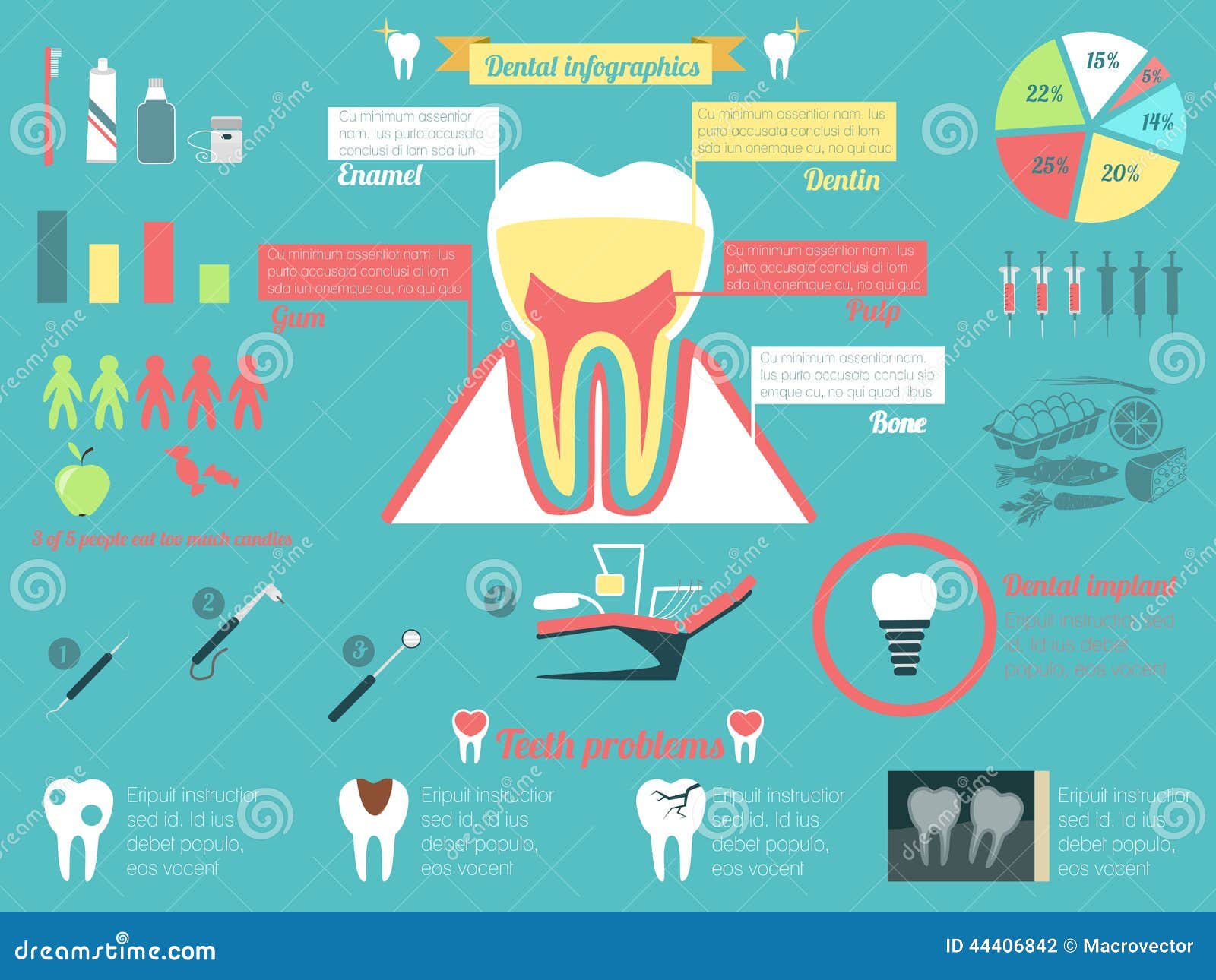Invisalign Versus Typical Braces: A Comprehensive Analysis
Invisalign Versus Typical Braces: A Comprehensive Analysis
Blog Article
Staff Author-Houston Freeman
When confronted with the decision between Invisalign and traditional dental braces, you could ask yourself which option lines up much better with your lifestyle and preferences. The choice includes more than simply the visual appeal; it explores variables like therapy period, convenience, and lasting dental wellness effects. Take into consideration the influence each option might carry your everyday routine and self-esteem. As we discover the detailed comparison, you'll gain insights right into the nuances that make these orthodontic treatments one-of-a-kind and find which one might be the better suitable for you.
Products and Building
When contrasting Invisalign to standard dental braces, the materials and construction vary considerably. Invisalign consists of clear, smooth plastic aligners customized to fit your teeth. These aligners are essentially unseen, making them a preferred choice for those seeking an extra very discreet orthodontic treatment.
On the other hand, conventional dental braces include steel braces that are glued to your teeth. Visit Web Page are then connected by cords and rubber bands, using stress to progressively change your teeth into the desired placement.
The building of Invisalign aligners permits an extra comfy fit compared to standard dental braces. The smooth plastic material lowers irritation to your cheeks and gum tissues, which is a common problem with steel brackets and wires. In addition, Invisalign aligners are detachable, making it less complicated to clean and floss your teeth with no blockages.
On the other hand, traditional dental braces are taken care of onto your teeth, requiring extra care and time for appropriate upkeep.
Maintenance and Oral Hygiene
The upkeep and oral health methods vary in between Invisalign and conventional braces due to their distinct style and construction.
With browse around here , you can get rid of the aligners when consuming or brushing your teeth, enabling you to keep your regular oral health regimen with no obstructions. It's vital to brush your teeth after eating prior to putting the aligners back on to stop food bits from getting caught and triggering decay.
On the other hand, standard braces call for added focus to keep your teeth tidy. Food bits can quickly get embeded the braces and cables, resulting in plaque build-up and potential dental cavity. You'll need to use special tools like interdental brushes or floss threaders to tidy between the cables and brackets effectively.
Regular dental examinations and cleansings are essential to make certain that your oral hygiene is in leading condition while wearing standard braces.
Presence and Aesthetics
Presence and appearances play a considerable role in the contrast between Invisalign and traditional braces. When it concerns look, Invisalign provides a clear advantage over traditional dental braces. Invisalign aligners are virtually unseen, making them a popular choice for those who favor a more very discreet orthodontic treatment choice.
Unlike the visible steel brackets and cords of typical dental braces, Invisalign aligners are transparent and assimilate with your natural teeth, allowing you to smile with confidence throughout your therapy.
Typical braces, on the other hand, are more conspicuous because of their metal elements. While some may select vivid bands to customize their dental braces, others may feel uneasy about the exposure of these orthodontic appliances. The prominent appearance of standard dental braces can occasionally influence a person's self-esteem, especially for grownups in specialist setups.
Conclusion
In conclusion, when selecting in between Invisalign and traditional dental braces, consider your way of living and preferences. Invisalign supplies a very discreet and comfy alternative with easy upkeep, while traditional dental braces supply vibrant customization yet may influence self-confidence.
Eventually, the decision must be based upon what jobs best for you in terms of looks, ease, and comfort. Ensure to seek advice from your orthodontist to identify the most ideal treatment for your individual needs.
